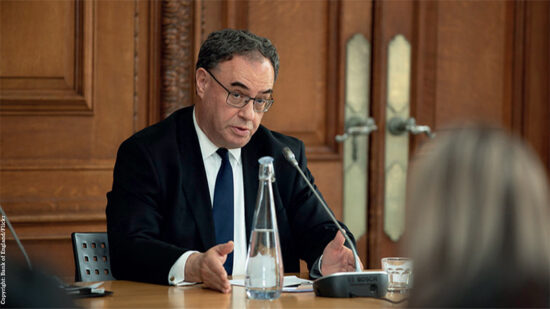Investors may need to make significant changes to their fixed income allocations in 2023 as they adjust to altered risk/return prospects, according to to Ashok Bhatia, deputy chief investment officer, fixed income, at Neuberger Berman.
Bhatia said the market turmoil of this year has altered the risk/return prospects for fixed income, the result of which means investors will have to adjust to “new realities” in 2023.
“Accelerating inflation and sharp monetary tightening for much of this year contributed to a sharp spike in fixed income yields,” he said.
“10-year Treasury yields surged to north of 4% before pulling back somewhat on a weaker-than-expected CPI print, agency mortgages increased to 5+% territory and high yield markets surged to over 8%,” he added. “Similar shifts could be found across fixed income.”
While from a historical perspective recent yields are not particularly high, Bhatia said they were perceived as “shocking” in contrast to the ultra-low levels of the covid era.
“As a result, investors are adjusting to the speed of this move and its implications,” he said. “For 2023, this means many may make significant changes to allocations both within fixed income and across portfolios, as they become more confident in their projections for inflation and policy, as well as economic growth.”
Source of growth
Within this broad movement, Bhatia said that Neuberger Berman anticipates three key trends that will affect fixed income assets going forward. Firstly that yield has returned to investment-grade, high-quality assets, secondly that bond sectors could be competitive with equities, and thirdly that we are moving from negative to positive real yields.
“Investors who 24 months ago wanted to achieve a 4% yield were often driven to high yield and emerging markets,” he said. “However, today that’s easy to achieve with plain-vanilla intermediate to short-duration investment grade assets.”
“Thus, you could see the flipside of the post-Global Financial Crisis move down the quality spectrum, as investors seek more yield with less credit risk,” he added.
With higher bond yields, Bhatia added that investors may begin to look toward fixed income, not just as a diversifier and income generator, but as a source of growth.
“Given the risks associated with equities in a stressed economy, many high yield bonds, CLOs and other sectors may be worth a second look,” he argued.
Although recent trends may be softening, Bhatia believes the move from negative toward positive real yields is likely here to stay.
“This has a range of implications across asset segments—for the dollar, for equity valuations and fixed income across geographies and sectors,” he said.
“In the year to come, investors will likely continue to seek return based on relative value and opportunity; however, more basically, they will need to adjust to a changed market while understanding that we are likely moving back to norms that prevailed before the introduction of extraordinary monetary policy close to 15 years ago.”








